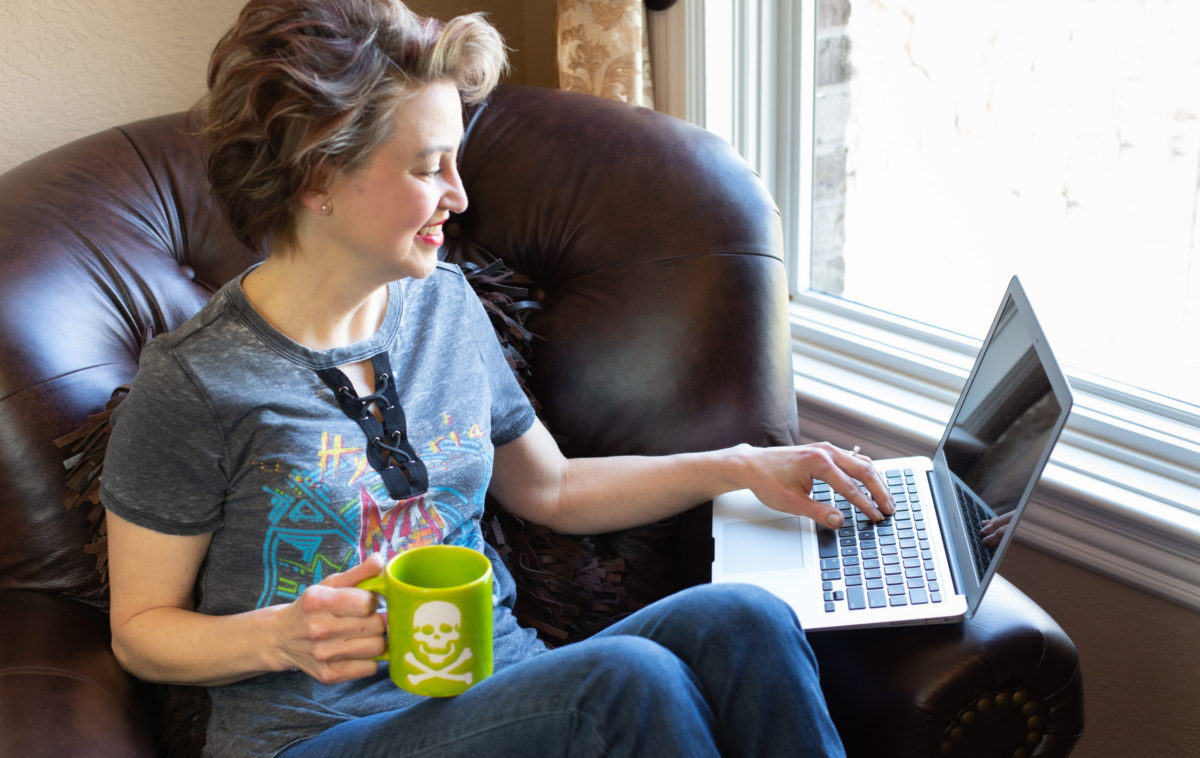
Here in the mid-digital age you may find yourself working as a member of a team more often than completing deliverables on your own. I’m a big fan of the-more-heads-the-better for problem solving, but when your supervisor tasks you with exerting influence over coworkers who aren’t your direct reports, you have responsibility without any authority. What do you do?
This scenario usually employs a version of the Matrix Model of Management. It’s a popular construct because it allows departments to share resources according to their functions. A company can take employees who report to various supervisors and assign them to project teams based on the talent required to complete the work. This not only saves the company money, but also fosters creative problem solving. The tricky part is: Who’s in charge? This ambiguity creates multiple challenges, especially if the team is large and/or there is competition to lead the project. Best practice: when forming the team, the supervisors assign the leader and communicate that information to the entire team.
When you’re the one in charge, you can’t offer the incentives (raises, promotions, getting fired) the supervisors can, yet you have to find a way to both engage and motivate the team because if they miss the deadline, you’re the one who gets in trouble. Leading through influence requires strong interpersonal skills. You have to take initiative early in the process to build relationships and persuade with diplomacy. Some things to consider:
Clarify
Defining roles and responsibilities at the outset helps eliminate frustration and duplication of efforts. At the first team meeting, decide together who does what and when:
- What is the goal? What does success look like?
- Who will shepherd which task and what are the deadlines? Pro Tip: The person who sets the deadline is in control no matter what their title is.
- What are the project’s KPI’s? How will you know you’ve met them?
- How will you meet? In person? Videoconference? How often? Daily? Weekly? What hours is everyone available for questions or huddles?
- What information will you need from them? What information will they need from you?
Communicate
- Each of your team members has multiple demands on their time from multiple supervisors and multiple projects. Every week team members should either submit an email report or meet with you for a brief update on both the progress of your project and the status of their other projects. This alerts you to competing deadlines and prompts you to notify your team’s supervisors. Ask the supervisors to prevent a crisis by prioritizing projects. Pro Tip: A written status report (on both successes and challenges) can double as documentation for annual performance reviews.
- From the beginning and throughout the project, remind the team that you support their individual brands. Email their supervisors when they produce good work. Give the team visibility to the rest of the company.
- Observe what motivates your team. Who works because it’s intrinsically rewarding? Who works for recognition? What are their career goals? Connect working on this project to reaching them.
Cultivate
- Teams working on short projects together don’t have much time to connect on a personal level, yet business moves at the speed of trust. It’ll make your life easier if you can accelerate team bonding.
- If a teammate is uncooperative, schedule a 1:1 and find out why as soon as they miss a KPI. Are there barriers you can remove (e.g., other projects)? Do they need resources you can obtain (training, equipment)? If the teammate still refuses to produce in a timely manner, send them an email reiterating your conversation and copy their supervisor. If you still can’t convince them to contribute, schedule a meeting with their supervisor and ask how they motivate the employee. Pro Tip: the emails should be enough evidence to keep this employee off of future teams you lead.
If you have to manage projects without authority over people, then you must build commitment and engagement. Find common ground and use it to align goal setting. Get your team the resources they need to do good work. Explain the logical (not emotional) reasons for taking an action and the consequences of not taking it.
Have you had responsibility without authority? How did that work out? Please share in the comments.






